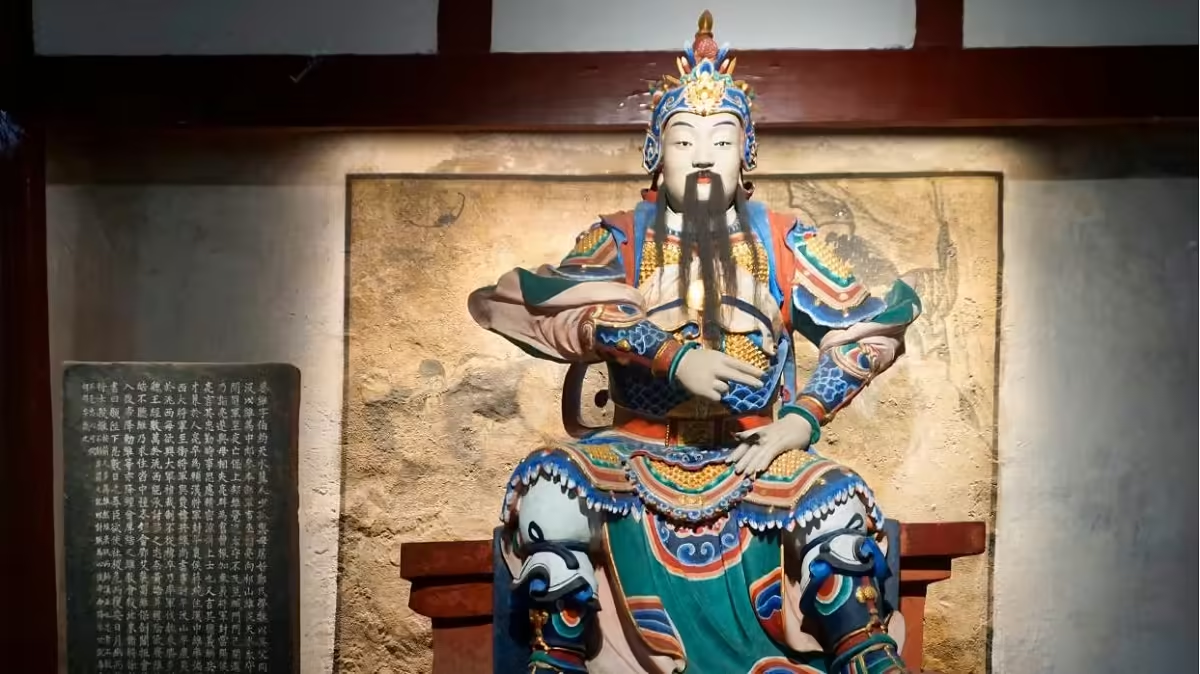Chengdu, the capital of Sichuan Province, is not only a modern metropolis but also one of China’s most important historical and cultural cities. As the cradle of ancient Shu civilization, Chengdu has witnessed the rise and fall of empires and has been a key player in China’s storied past, particularly during the Three Kingdoms period.
The Rise of Shu Han
The late Eastern Han Dynasty was a time of chaos and turmoil, marked by widespread rebellion and the fragmentation of central authority. Amid this unrest, a warlord named Liu Bei emerged as a significant figure. Liu Bei first gained prominence by joining the fight against the Yellow Turban Rebellion, a massive peasant uprising that further weakened the Han Dynasty. His valor and leadership earned him a place on the political stage.
Liu Bei’s fortunes changed dramatically when he met Zhuge Liang, a brilliant strategist, after seeking his counsel three times—a tale famously known as the “Three Visits to the Thatched Cottage.” With Zhuge Liang’s guidance, Liu Bei formed an alliance with Sun Quan, the ruler of Eastern Wu, and together they defeated the powerful warlord Cao Cao at the Battle of Red Cliffs. This victory allowed Liu Bei to expand his influence significantly.
Following the battle, Liu Bei seized control of Jing Province and later moved to capture Yizhou (modern-day Sichuan). With the conquest of these territories, Liu Bei’s power grew substantially, leading to his proclamation as Emperor of Shu Han in 221 CE. He established Chengdu as his capital, marking the city’s prominence in the era of the Three Kingdoms. The period of Wei, Shu, and Wu—known as the Three Kingdoms—left an indelible mark on Chinese history, and Chengdu was at the heart of it.
The Fall of Shu Han
However, the glory of Shu Han was short-lived. In 222 CE, Liu Bei sought to avenge the death of his sworn brother Guan Yu by launching a campaign against Eastern Wu. This campaign ended in disaster, with Liu Bei suffering a crushing defeat. He retreated to Baidi City, where he fell gravely ill. In 223 CE, Liu Bei passed away in the Yong’an Palace, and his son Liu Shan ascended the throne, taking the reign name “Jianxing.”
Liu Shan, known as the “Later Lord,” is often remembered for his lack of competence. During the early years of his reign, he relied heavily on Zhuge Liang to govern the state. Zhuge Liang worked tirelessly to maintain the stability of Shu Han, implementing reforms and defending the kingdom against external threats. After Zhuge Liang’s death, the administration of Shu Han was left in the hands of capable officials like Jiang Wan and Fei Yi, who managed to maintain a semblance of stability.
However, the decline of Shu Han accelerated under the leadership of Jiang Wei, who repeatedly launched unsuccessful military campaigns against the rival state of Wei. These campaigns drained the state’s resources and weakened its foundations. Coupled with Liu Shan’s indulgent and ineffective rule, Shu Han’s strength waned over time. In 263 CE, the state of Wei launched a final invasion, leading to the collapse of Shu Han. Liu Shan surrendered, bringing an end to the Shu Han regime after just 42 years.
Chengdu’s Legacy in Three Kingdoms Culture
Despite its brief existence, Shu Han left a lasting legacy, and Chengdu’s role as the capital of this state cemented its position as a cultural and historical center. The city’s connection to the Three Kingdoms period is celebrated in literature, drama, and popular culture, with sites related to this era attracting visitors from all over the world.

